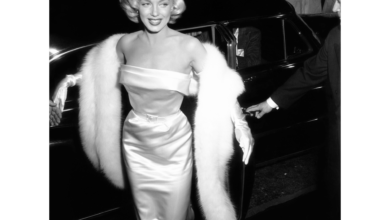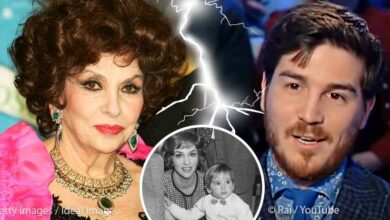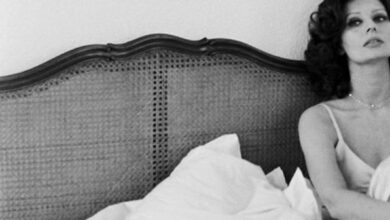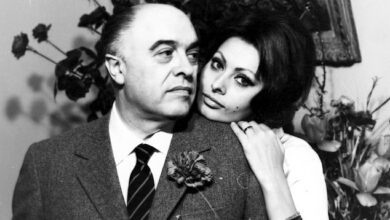Television Review: “Reframed: Marilyn Monroe” — A Feminist Tribute or a Reframe-up Job?
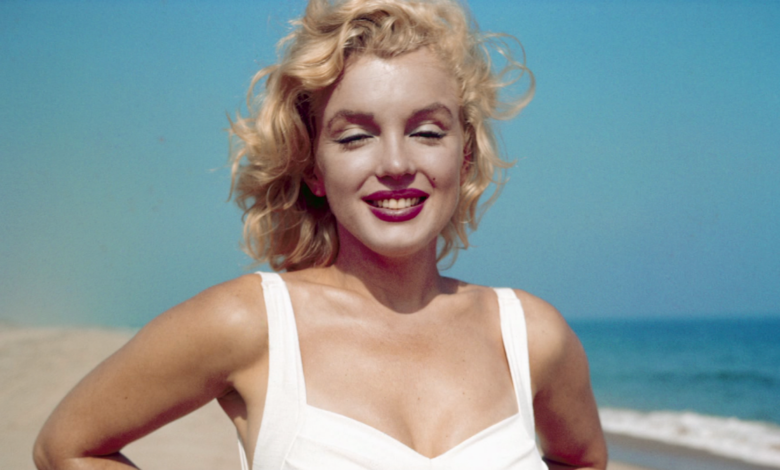
The primary interest of Reframed isn’t film history; it is revisionist social statement, and a new twist on the celebrity documentary: star bio-cum-feminist essay.
Reframed: Marilyn Monroe, a “docuseries” on CNN. Part 2 airs Sunday, January 23, 9 p.m to 11 p.m.

The CNN “docuseries” Reframed: Marilyn Monroe lives up to its bold title in its pure ambition: It reframes Monroe’s legacy “through an all-female lens.” But it turns the trick by means of an ahistorical overlay that portrays the 20th century’s most celebrated sex-symbol as a proto-feminist commando. The woman long known as weak and lost — to quote the fond words of her onetime friend Truman Capote, “a beautiful child” — now is shown to be a cool and savvy paragon of adult strength.
At various points, Reframed substitutes new myths for old. But considering how short in years and rich in cinematic magic Marilyn’s career was, it certainly deserves another life. And 60 years after her death is a fine time for a fresh, modern view. It is only the extremity of the present-day reframing that is dubious here. The series depends heavily on the book The Many Lives of Marilyn Monroe by Sarah Churchwell, a professor of American literature at the University of London. In the competitive academic market, it’s not unusual for a radical, overarching take on a well-trod subject to receive prominent attention. But if Marilyn Monroe were truly the visionary powerhouse depicted in Reframed, she would have died an old and happy Hollywood honcho.
There have been many attempts to uncover the private side of this most public of movie goddesses. Reframed isn’t one of them. Excavating Monroe’s psyche takes a back seat to slanting her image to fit a generation of young female viewers hungry for heroines. It’s a kinder, more perceptive breed of exploitation than the tabloid hysteria Monroe suffered in the ’50s, but it does distort the real woman. (Calling MM the Kim Kardarshian of her day, for example, is neither complimentary nor accurate.) The older books and documentaries emphasized Monroe’s tragic youth and lonely, insecure, ultimately drug-addled adulthood — essentially, Marilyn as victim. Reframed desires nothing less than to obliterate that image. The doc’s Marilyn is a redoubtable superwoman who, though diminished by sex-symbol status, turned it all on its head and changed the world. When there aren’t enough facts to support the thesis, the producers just rinse and repeat.
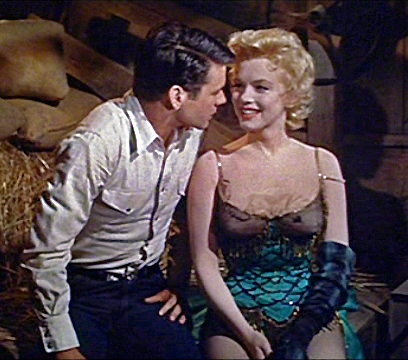
In what ends up as almost a hagiography, all career triumphs are painted as courageous. When Marilyn entertains the thousands of troops in Korea, wearing a barely-there dress in cold weather, it is depicted as heroism. When she dims her hopes for a long-term studio contract by turning down an especially indelicate sexual proposition by studio head Harry Cohn, the move isn’t just gutsy, it’s a valorous act of early feminism. (The episode itself doesn’t need adorning: after being offered a long-term contract if she spent the night with Cohn on his yacht, she simply asked if Mrs. Cohn would also be aboard. Witty as well as principled, the brave remark became Hollywood lore.)
Instead of the passive sex-symbol image she once was saddled with, Reframed shows Marilyn as a woman of agency and untrammeled ambition. There is clearly much evidence to back up this reframe job. But the doc goes too far. Previous versions of the Marilyn story were overly swayed by her magic chemistry with the camera: it often appeared that she was a tractable starlet thrust into prominence by photogenic accident. Reframed intelligently shows how hard she worked, and how many stones in the road she removed along the way to fame. But it fails to give credit to the gifted (and smitten) photographers she worked with, the wise screenwriters who saw where her strengths and weaknesses lay, the canny publicists who recognized what a gold mine they had. Even the studio producers may have done the young Marilyn a favor by not asking her to create more realistic characters and stretch her brand. The doc tends to give the impression it was all Marilyn’s genius plan and execution, temporarily felled by a few villains crossing her path. It ignores the context.
I saw only the first half of the four-hour series, which aired on January 16. It concludes with a two-hour segment on January 23. I enjoyed the first hour without reservation. I view Monroe as one of the top dozen stars in Hollywood history. She was one of cinema’s most complex and unknowable personalities, and the camera loved her more than any mortal did. Marilyn Monroe inhabited the sensual while adroitly poking fun at her own image and our own sexual appetites. It is an unparalleled screen invention. (You could say Mae West preceded her, but by the time West moved from Broadway to Hollywood, she was 90 percent parody, 10 percent sex.) That she didn’t get nominated for Best Actress Oscars for Bus Stop (1956) and Some Like It Hot (1959) is criminal, proof that the Hollywood establishment was always ashamed of her despite all the money she made for them.
The first hints that there is something amiss in Reframed are purely cinematic history issues. The rundown of Monroe’s many small parts and cheesecake walk-ons from 1947 to 1950 is well documented. The famous walk-on part in Joseph Mankiewicz’s All About Eve (1950) is shown and cogently commented on. (Her character’s line about Broadway producers was often repeated: “Why do they always look like unhappy rabbits?”) But why not even a passing mention of Marilyn’s other famous walk-on in a much-awarded 1950 movie, John Huston’s The Asphalt Jungle? And, even odder, why no reference to her first substantial part in a critically respected, top-talent film, 1952’s Monkey Business? With Howard Hawks directing and Cary Grant and Ginger Rogers at their comic heights, the film features a plum part for Monroe, close to a leading role. The fact that she plays a dumb, leered-at secretary hired specifically for her physical assets may have convinced the CNN/RAW crew to place it in the exploitative category, a film not worth mentioning. But it was a breakout role for Monroe.
The answers to these questions soon become clear. The primary interest of Reframed isn’t film history; it is revisionist social statement, and a new twist on the celebrity documentary: star bio-cum-feminist essay.
While propping up Monroe as a feminist icon is often a bit much, there are several points when the biographical info matches the claim well. Sometime after the Harry Cohn incident, Marilyn wrote, with the help of a journalist, an exposé of Hollywood’s casting couch called “Wolves I Have Known.” At first a cover story in a movie mag, it was picked up by newspapers coast to coast. Remarkably, this action, which seems both canny and scary for the ’50s, did not damage her career.
The nude calendar scandal was another undeniably fascinating episode with a feminist underpinning. A naked photo, taken in 1949, was sold to a calendar company in 1951. In ’52, the nameless model was finally recognized as Marilyn, and a press deluge followed. Her career, barely off the ground, was endangered. The studio execs wanted her to deny it was her body sprawled, with artful grace, on the red velvet. Monroe freely admitted it was her, and breezily explained to the press how she was unemployed and behind on her rent at the time. But it was her eloquent, full-throated moral defense of the nude shoot that turned it all around. “I’m not ashamed of it,” she was quoted as saying at the time. “I’ve done nothing wrong.” An audio clip from Monroe is used twice in Reframed, to fine effect. It is a rush, even in 2022, to hear her say these bold words: “We all are sexual beings, thank God.” Time Magazine — whose sister publication, Life, put her on the cover in April 1952 — simply concluded that “Marilyn believes in doing what comes naturally.” As film historian James Monaco wrote many years later about the way Monroe combined sex appeal with innocence, “Her sexuality was never seen as a threat, but as something harmless and benevolent.” (Marilyn was asked if she really had nothing on at the photo shoot. Her famous reply? “I had the radio on.”)
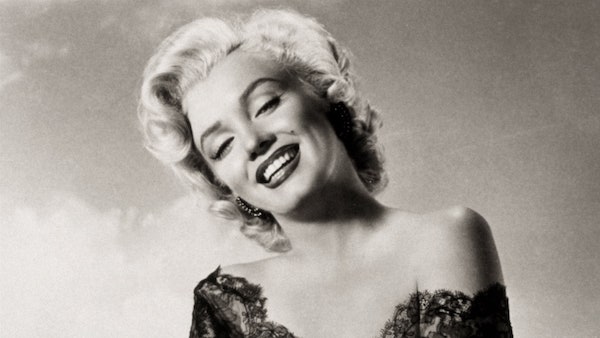
This is certainly one instance when Monroe shook up the social mores of the era. But even here, the doc goes a little too far.
In 1949, Monroe was paid $50 for the photo shoot. In 1952 the bad publicity quickly came and went. Late in 1953, Hugh Hefner legally bought the photo for $500 and published it in the first issue of Playboy. Where Reframed goes overboard is when one of the talking heads lambastes Hefner, labeling him immoral for not warning Marilyn in advance of the publication date. At the time Hefner was no magazine magnate. He was a 27-year-old creating the first issue of Playboy in his kitchen for chump change. At first, he had no distribution deal. The thought that this debt-ridden nobody could even make contact with Marilyn Monroe in late 1953 — the same year she starred in both Gentlemen Prefer Blondes and How To Marry a Millionaire — is comical.
Reframed is well worth seeing. But there is a sense, by the midpoint of the four-hour documentary, that the enterprise distorts and simplifies the star and the woman. Monroe was simultaneously tenuous and brash, a victim and a goddess, loved, pitied, and lusted after. Her life tragedies and innate vulnerability made her popular with women. Her onscreen persona cast her as the delicious blonde who loved sex. By 1955, The Seven Year Itch made it clear she was the one sex siren who was neither snooty or dangerous, the perfect sexpot fantasy for shy, bumbling, unattractive men to fantasize over. In almost all her roles she was both vulnerable and a celebrant of unalloyed sexual pleasure; she was the attainable sex goddess. She was not a threat, a very good thing in an era that was so easily threatened. She is still the one and only Marilyn, a star big enough to withstand frames and reframes, myths new and old. It is simply good to see her again.

